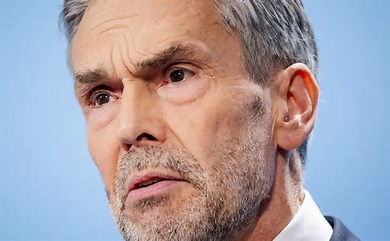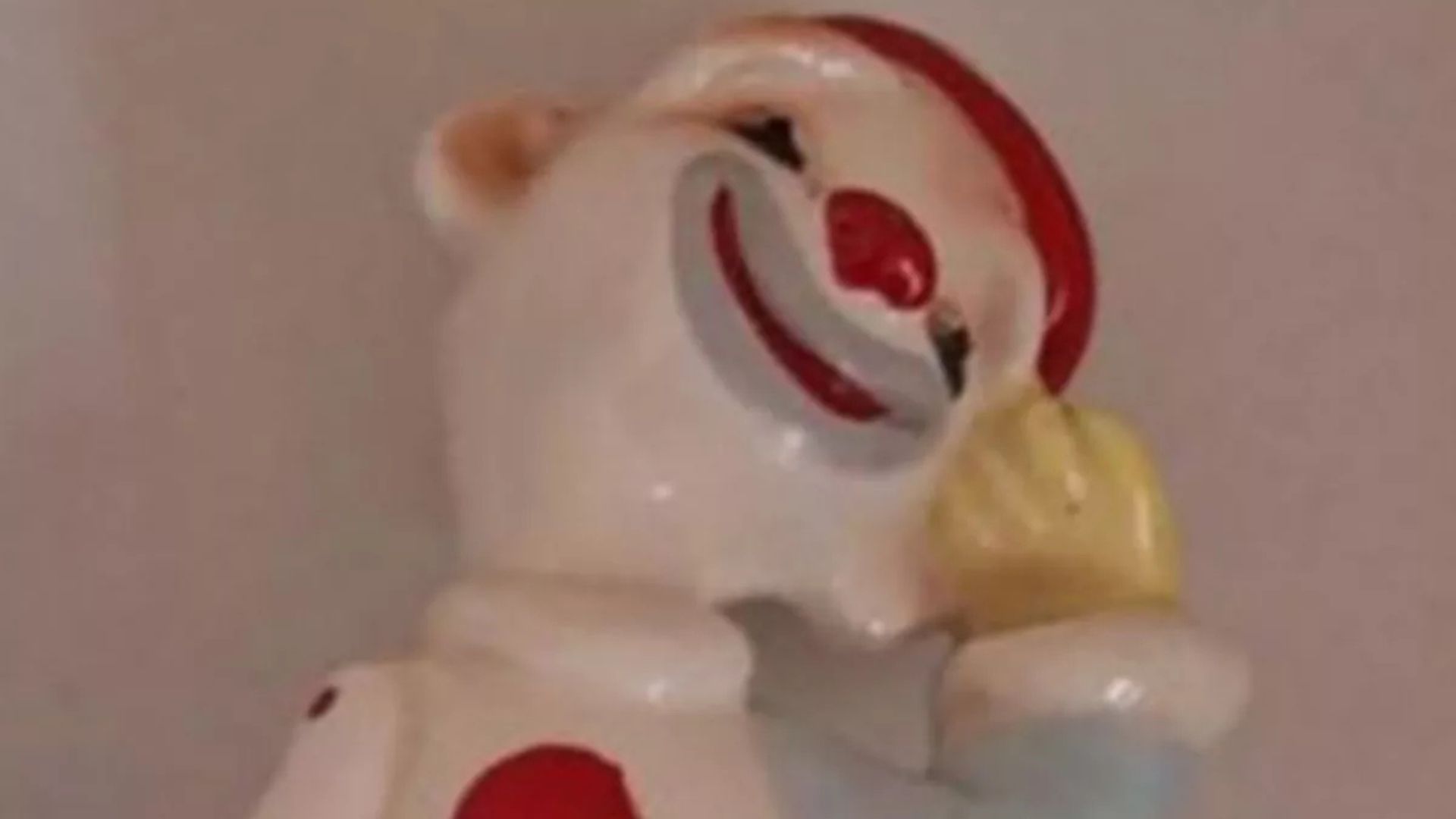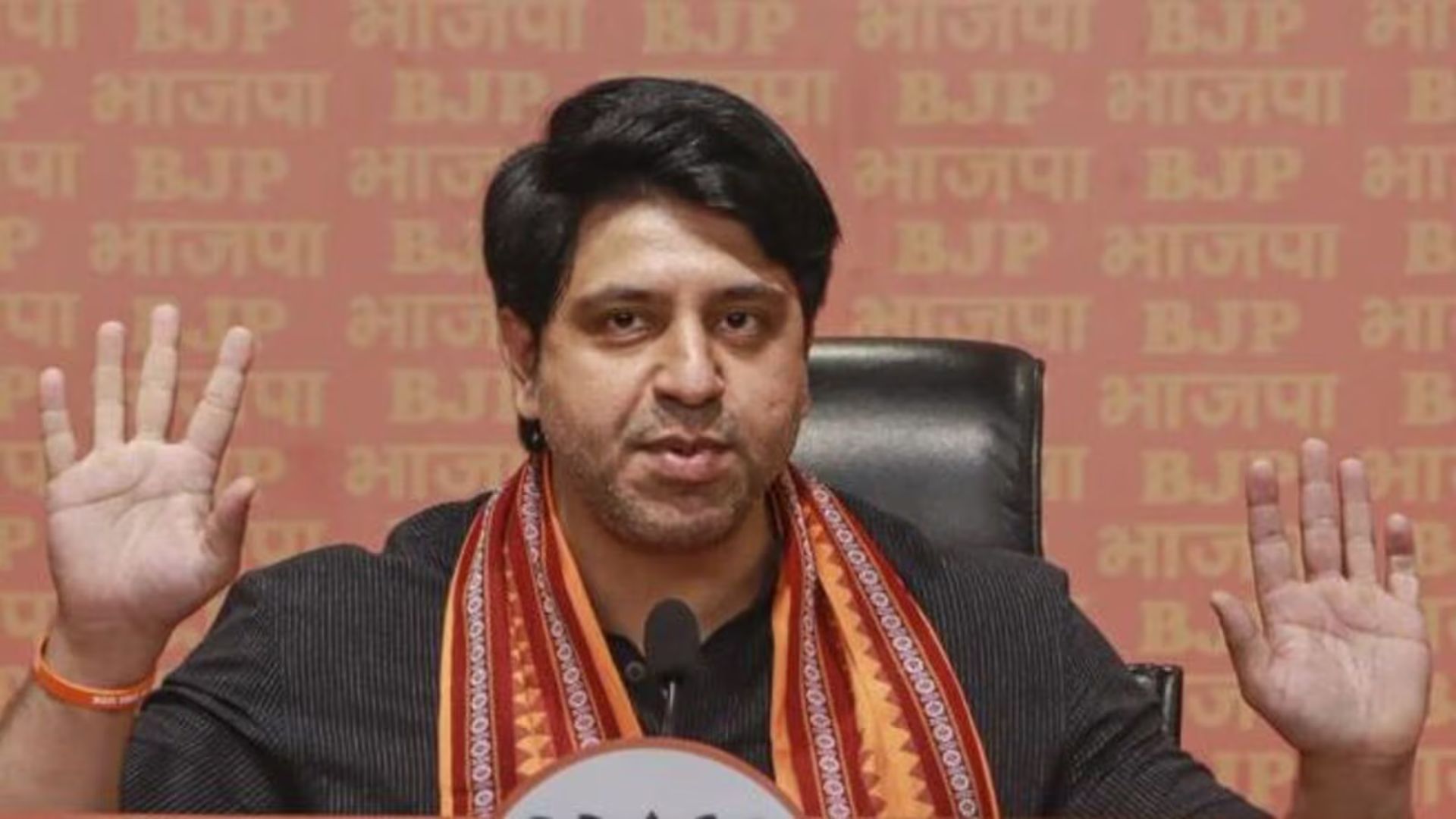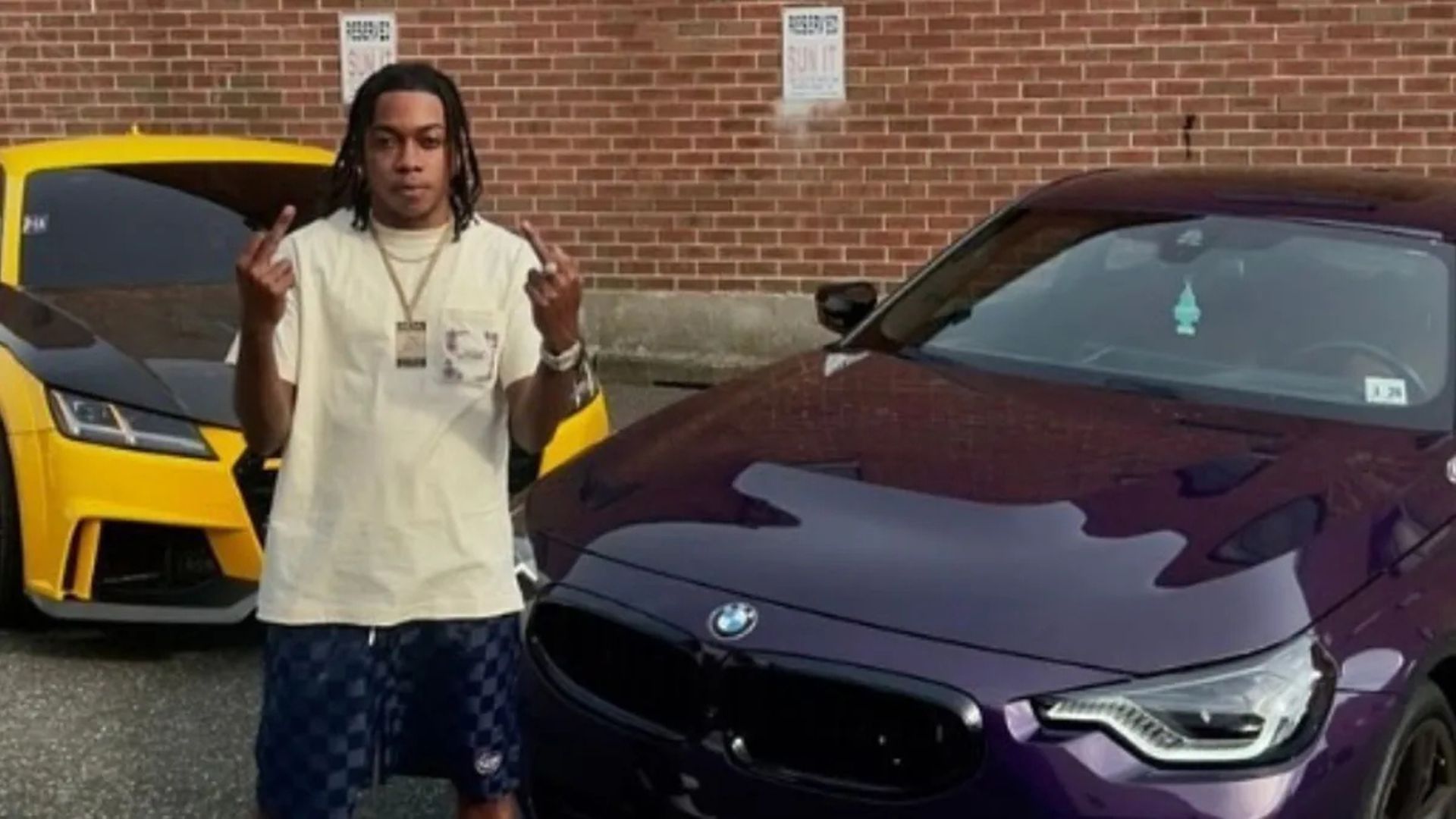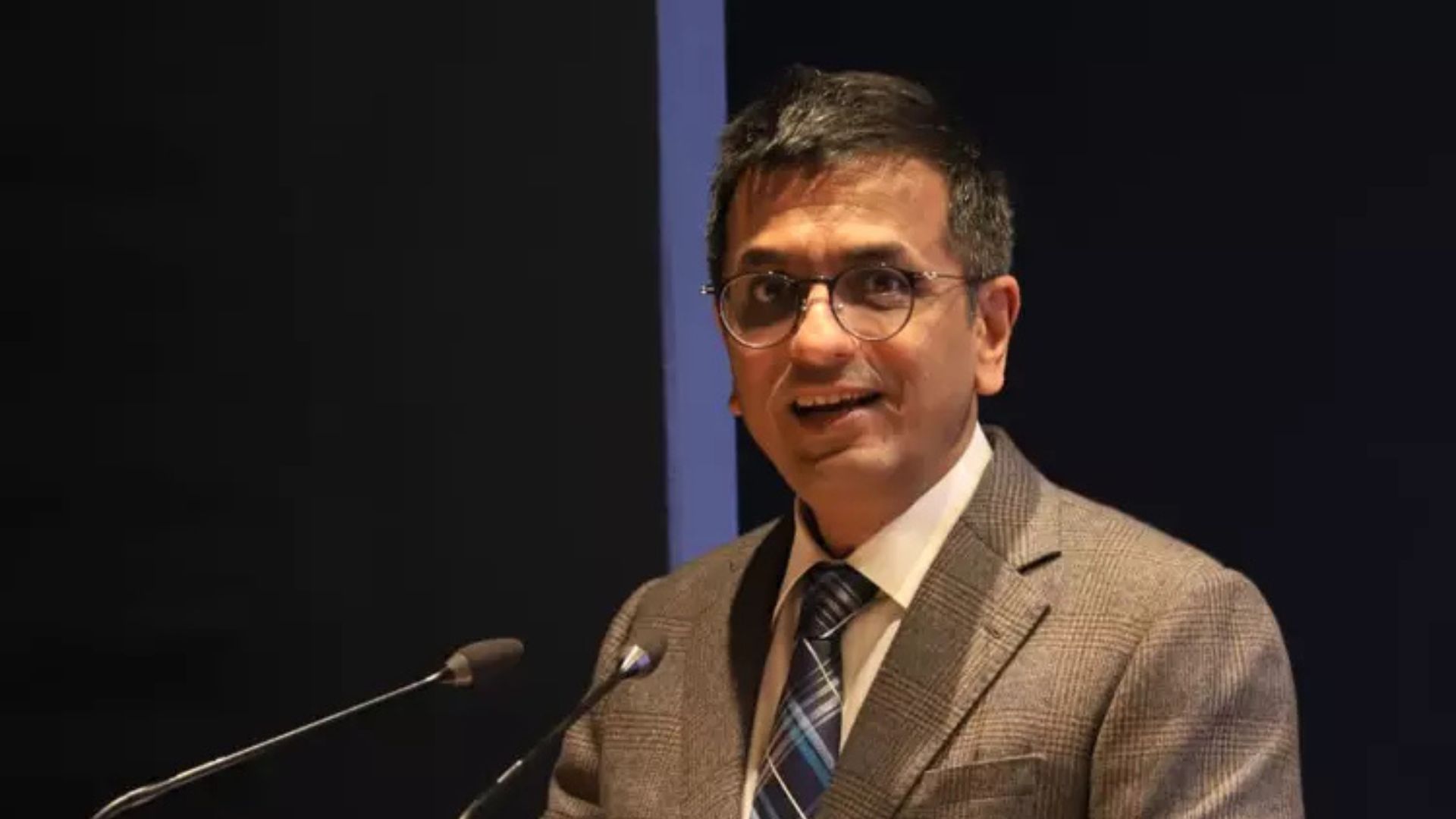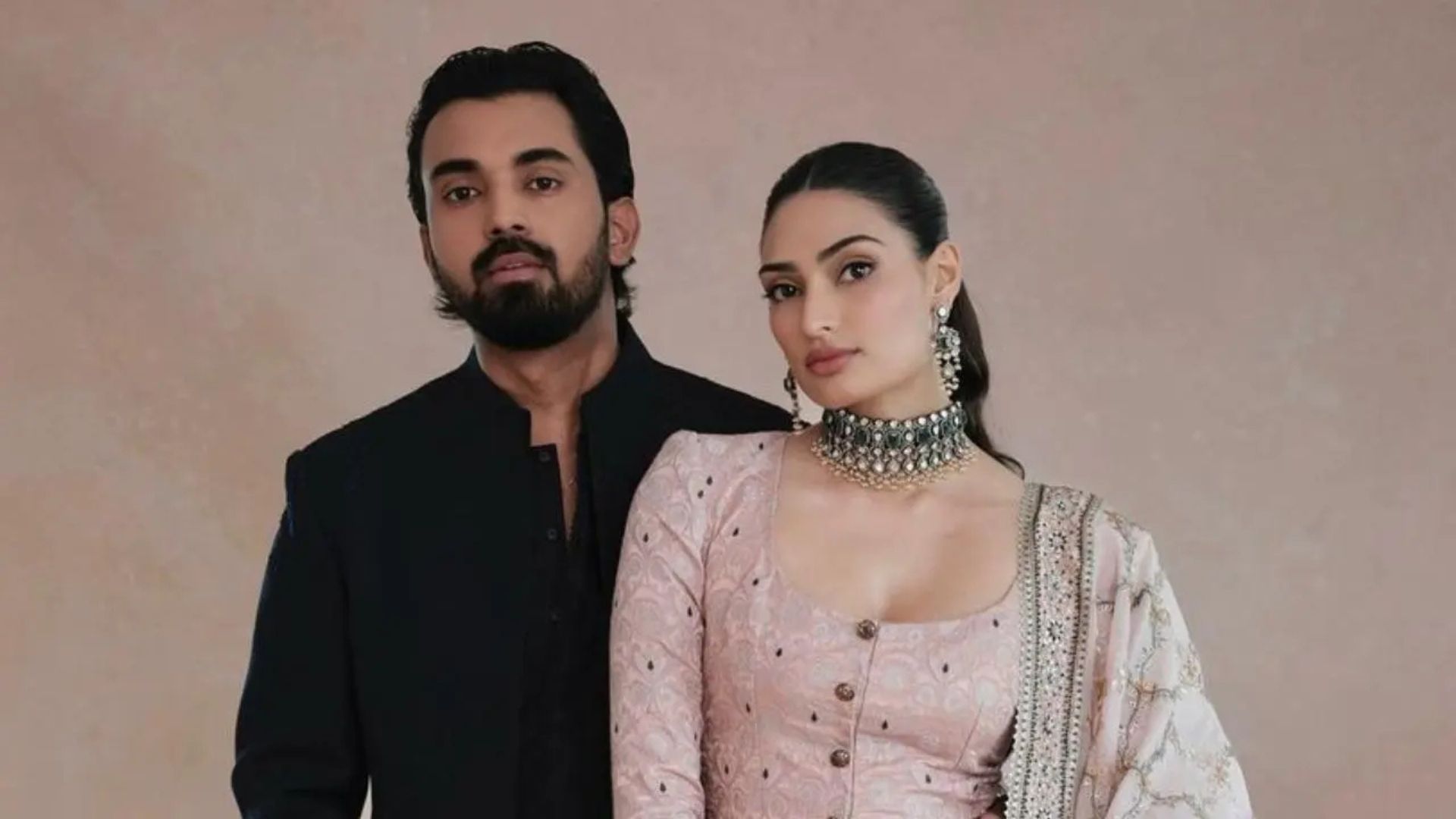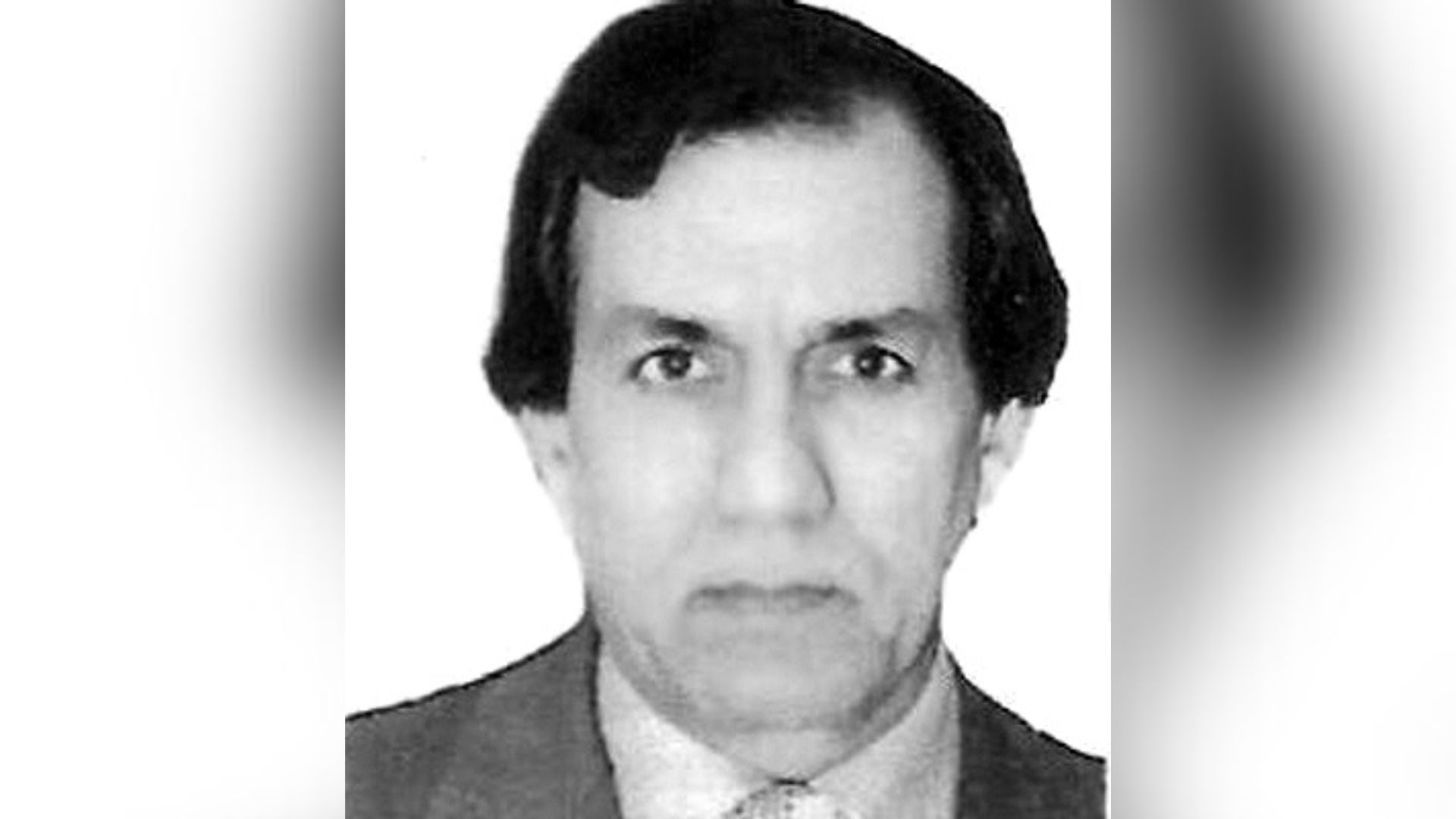
The largest democracy in the world has held the largest election with the participation of the largest number of the voters, roughly 700 million (twice the population of the USA) over a period of seven weeks without violence. All Indians, irrespective of their political affiliation, caste, creed, region and language; whether they are rich or poor, educated or uneducated can be legitimately proud of this staggering democratic exercise. Democracy is alive and kicking in India. Those who raise doubts about the health of democracy in India are barking at the wrong tree. How strong have become the democratic roots in India and how the Indians cherish it and how the ordinary people understand the value of their votes can be gauged by the fact that millions of Indians stood for hours in the scorching heat when the temp was touching 45 degree centigrade to cast their votes. Without shouting from the root top, in their own quiet ways, they demonstrated that their votes can make or break the political fortunes of the high & mighty.
Now that the dust and the din, the sound and fury, the high voltage and, at times, toxic electoral rhetoric have subsided, there has been smooth transfer of power witnessed by leaders from our immediate neighbourhood:” Bangladesh, Bhutan, Maldives, Nepal & Sri Lanka. All parties have accepted the Janadesh; the winners have formed the Govt as it should be. In India, we have never seen the scenes of insurrection witnessed at the Capitol in Washington on 6th Jan 2021.
After nearly 60 years, the BJP is forming the Govt for the third time with her NDA allies and Sh Narendra Damodar Das Modi has been sworn in as the Prime Minister of India for the third time (first time since Jawaharlal Nehru), it is a historically significant development. It shows how Indian political leaders, their political discourse, the attitude of Indian voters and means of communication have changed over the years.
While we welcome the installation of the Govt at the Centre and wish her all success, we should pause for a moment and ponder over why the results turned out to be so different from the narrative conjured up during the election and before the counting of the votes began. The top leaders of the ruling dispensation, at their election rallies, hammered a musical tag line: Abki bar char sau par! In their speeches they uttered half the line: ab ki bar and let their audience complete the line: Char Sau par! This heady discourse repeated umpteen number of times at election rallies gave an impression to ordinary voters that the NDA will get more than 400 seats in the Parliament.
Long interviews of the top leaders of the Govt with TV channels and editors of national dailies also strengthened the impression that 400 seats for the NDA was a done deal.
Then came the discussions at Prime Time at TV channels, a day before the counting of the votes began, where 6-10 Panellists were discussing animatedly the results of the Exit Polls most of which supported the echoes of the tag line: char sau par! Well-dressed anchors recreating the court room scenes from Bollywood films, with the help of charts and figures explained how this high number was reached and speculated how the new Govt voted to power with such mandate will perform & what it’s priorities will be. These were very sleek and forceful presentations.
Next day, when the counting proceeded, by the lunch time, it was clear that Char Sau Paar wasn’t a realistic target, the final tally fell way behind. The results raise several valid questions. How could the national dailies, TV Channels and above all the Exit Polls go so horribly off the mark.? A margin of error of 3-5% or even 10% might be acceptable, the margin of error as high as 20% makes the Exit Polls laughable! Who misread the pulse of the voters? Or as some skeptics allege, the Exit polls could have been manufactured. Who knows? But in the age of AI, it shouldn’t be too difficult.
Construction of a Bhavya Ram Mandir in Ayodhya has been a part of BJP’s manifesto; 2024 Manifesto calls the construction of the temple as the fulfilment of 500 old cherished dream. Architecturally, it’s grand temple and the Pran Pratishtha samaroh was equally grand; it was witnessed by hundreds of Heavyweight Politicos, industrial tycoons and Cinema celebrity who descended at dusty Ayodhya in their jets and a sprinkling of Civil servants. The whole temple was beautifully decked with flowers. Plans were also announced for upgradation of infrastructure in Ayodhya and make it a cultural and touristic hub. On the last Ram Naumi, 3 million diyas were lit, setting a world record. Many video clips of interviews with local people telecast by several TV channels suggested that things have changed for them for the better. But one is puzzled: if the fulfilment of the cherished dream of the construction of the beautiful temple, the grand Pran Pratishtha ceremony and various facilities created in and around Ayodhya resonated with local people so well, why was this not reflected in the election results? Except one seat, the BJP lost all seats around Ayodhya!
It’s understandable that political parties, at election time, try to lure voters with various types of freebies: promises of jobs ,cash payment etc; some may be easy to implement while others remain pious pledges. But this time around, candidates were trying to nudge the voters towards themselves by instilling fear about their opponents. The Opposition parties were telling voters that if the BJP came back to power, this might be the last election, they might change the constitution and scrap the Provision of reservation. On the other hand, the leaders of the ruling dispensation were telling the people that if the Congress and its allies came back to power, they will take the jewellery, mangal sutra and other savings and redistribute them and end the reservation. Well, the dignified swearing in ceremony on 9thJune was the evidence if any was required that it wasn’t India’s last election & there was no plan in sight to redistribute wealth. Fortunately, the ordinary voters of India are more intelligent and much smarter; they read through the bhashans of various politicians.
UP Chief Minister was credited to have provided good administration, controlled crime, improved infrastructure & promoted investment. Politicians were advised to learn from him where to use bulldozers & how. However, the performance of the BJP in UP puts question marks against Yogi’s achievements.
None can accuse the new Cabinet of PM Modi of lacking talent and experience, several key Ministers have been retained and there are six former Chief Ministers.The opposition has adequate numbers to keep the Govt on the toes, force discussion on issues of national interest and play the role of a constructive Opposition.
